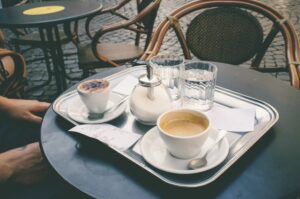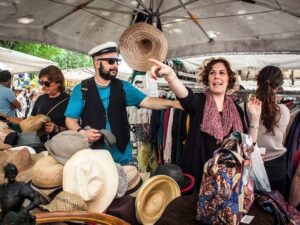Last Updated on December 20, 2025 by Emma Fajcz | Published: September 23, 2020
“Where the locals eat in Rome” is a phrase thrown around a lot in travel guides. But let’s be honest: after a week in Rome, you’re not going to feel like a local. And there is something to be said for going to the famous places—a coffee at Sant’Eustachio, a panino at Mordi e Vai—because many times, places are famous because they’re so good.
But, we want to show you the places frequented by ordinary Romans—places that don’t get mentioned very often in guidebooks. These are spots where you not only will get a better idea of how and what normal people eat in Rome, but also eat much better, often for less, than at a more famous spot in the center of town.
Ready to explore hidden streets and menus? Here are seven spots where the locals eat in Rome.
Get ready for some fabulous meals at the spots that locals love.
Where the locals eat in Rome
Our unbaised, authentic list of where the locals eat in Rome. Andiamo!
Osteria Bonelli
Despite Osteria Bonelli popping up in more guides over the last few years, we rarely see tourists there—probably because it’s quite a hike from the town center. The trip is worth it, though, for one of not only the best, but also one of the most Roman restaurants in town.
Run by a former greengrocer and his family, Bonelli serves hearty portions of traditional fare at workingman’s prices, which are listed on blackboard easel that the waiters haul from table to table. Start with a plate of thick pappardelle with wild-boar ragù that won’t break the bank, and then fork into one of Bonelli’s many meat offerings. Some mainstays are the roasted pork shank with potatoes, and the tris al sugo, a meaty menage à trois of spare ribs, sausage and involtini in tomato sauce.
As for the vibe, expect customers around you with neck tattoos and impenetrable Roman accents, one glass for both water and wine, and a bumper sticker on the door that says Laziale Vegano. This unexpected insult (here in meat-loving Rome) jokes that fans of Lazio, the team of Rome’s wealthy neighborhoods and the arch rival of Bonelli-favorite Roma, are vegans.
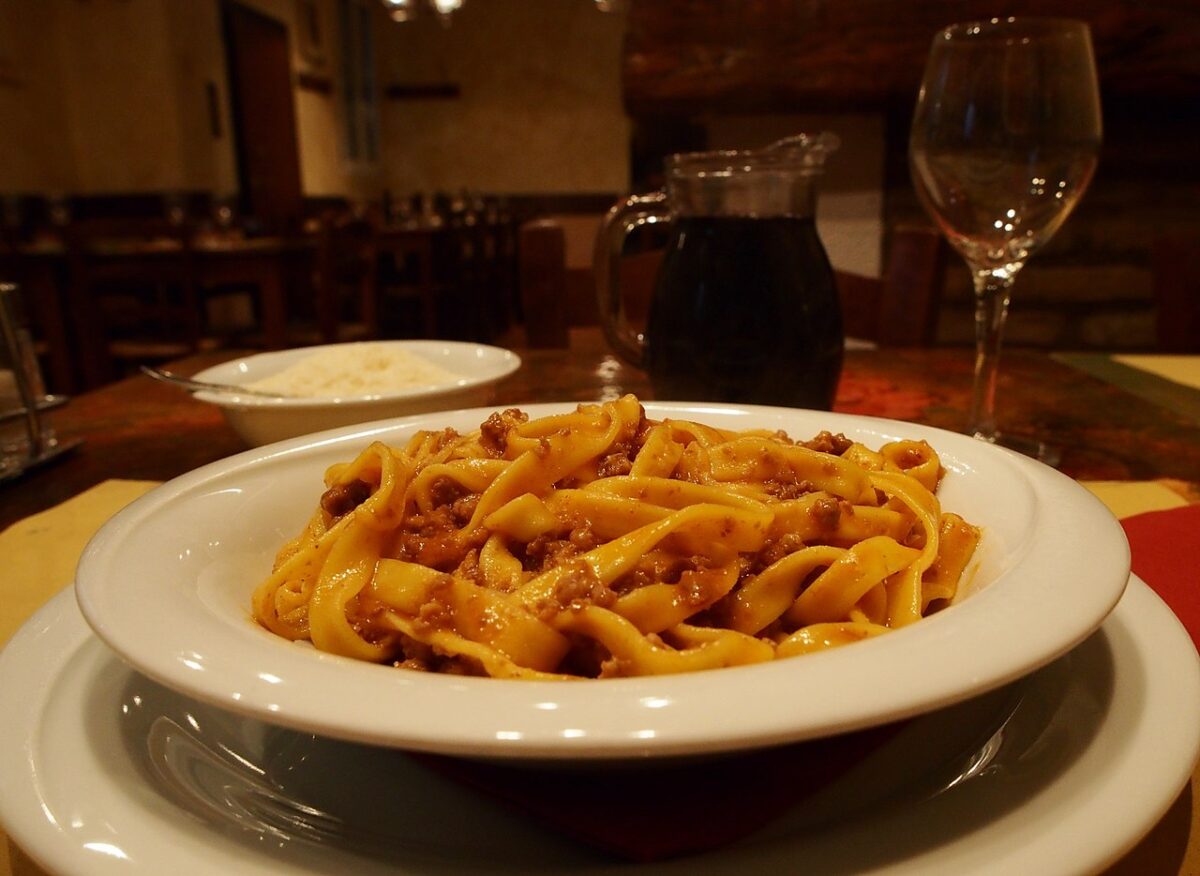
Al Ceppo
Speaking of wealthy neighborhoods in Rome, Parioli is the Roman equivalent of the Upper East Side, and the setting for Netflix hit Baby. It’s also home to Al Ceppo, run by two sisters from the Marche region of Italy.
The food is a mix of the mountainous Marchegiana and Roman cuisines, prepared with an attention to technique that separates Ceppo from your standard trattoria. A must-get is the plate of cured meats from the Marche, including blood-red salami and olive ascolane, a classic Marchegiana dish of fried meat-stuffed olives.
For a primo, try their version of spaghetti carbonara, where the plate arrives with a raw egg yolk on top, upon which the waiter grates a black truffle before instructing you to mix it all together. To finish, a piece of meat cooked over the huge grill in the front dining room. It’s a perfect place for a Sunday lunch, with the well-heeled Roman aristocracy at every other table.
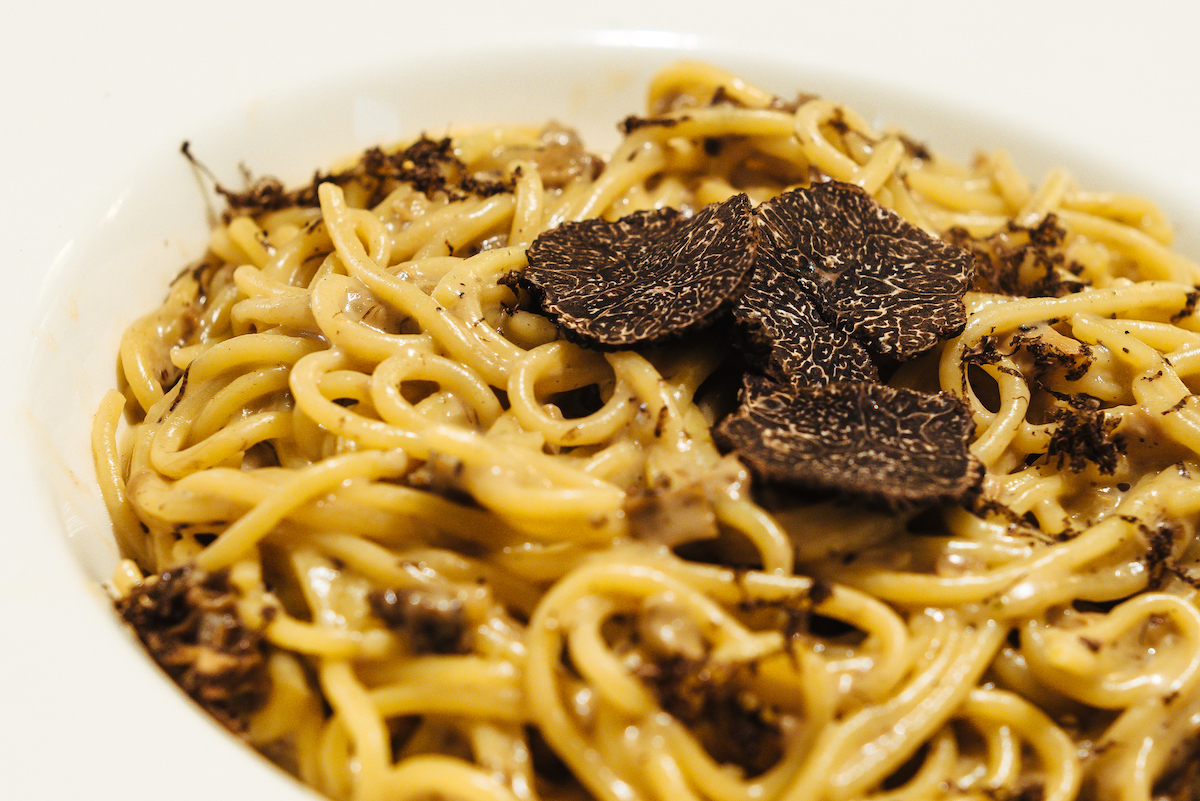
La Fraschetta di Sandro
A blast from the past, the Quattrocchi family has run this tiny tavern in former meatpacking-district Testaccio for generations. It’s a true fraschetta, meaning they only serve wine produced on the family farm outside of Rome. Whether you go with red or white, you won’t be paying much for some quality wine.
For food, there are salami sandwiches, paper plates of potatoes and marinated eggplant, or hunks of potent pecorino. Testaccio might be in the midst of gentrification, but Sandro is where the old guard comes every day. They sit here dawn to dusk, sipping wine, reading newspapers, and chatting in Roman dialect, which occasionally descends into arguments about politics or the correct preparation of puntarelle.

Sciascia il Caffe
The best coffee in Rome might just be on a nondescript block in Prati, the wealthy residential neighborhood north of the Vatican.
Now in its 100th year of business, Sciascia is still a place locals go for an afternoon caffè. They serve an espresso made from their own blend of beans, as dark as squid’s ink. Pleasantly bitter, but without any harshness and a profound complexity of flavor, this is espresso you take a sip of and realize you’ve never really tasted espresso.
Even if you have a sweet tooth, resist the urge to get your coffee with sugar here. Sciascia’s famous embellishment is something even better: a drop of melted chocolate, rolled around the glass to form a shell which then slowly melts and flavors the hot coffee.

Hostaria Lo Sgobbone
Deep in the Flaminio quarter, you’ll find a place that seemingly hasn’t changed in 50 years, and has been a spot where the locals eat in Rome for the entire time. Known as “Pippo” after its venerable proprietor Filippo Di Placidi, Lo Sgobbone (Via dei Podesti, 8) is an unadorned heaven of home cooking.
Go with a simple artichoke to start, and then one of the many wonderful pastas. The spaghetti with clams is briny and fresh, and the specialty of the house is rigatoni allo sgobbone, a plate of short pasta in a rich, piquant sauce of tomato, prosciutto, wine and just a dash of cream. A dish of homemade meatballs with mashed potatoes, and a slice of Mont Blanc cake (chestnuts and meringue) is what you want afterwards.
Lo Sgobbone is one of those restaurants that operates entirely at its own place, by its own rules. Pippo’s wife is in the kitchen, and his daughter runs the dining room, where she’s unlikely to ever offer a written menu, preferring to lecture you on what she thinks you should and shouldn’t get.
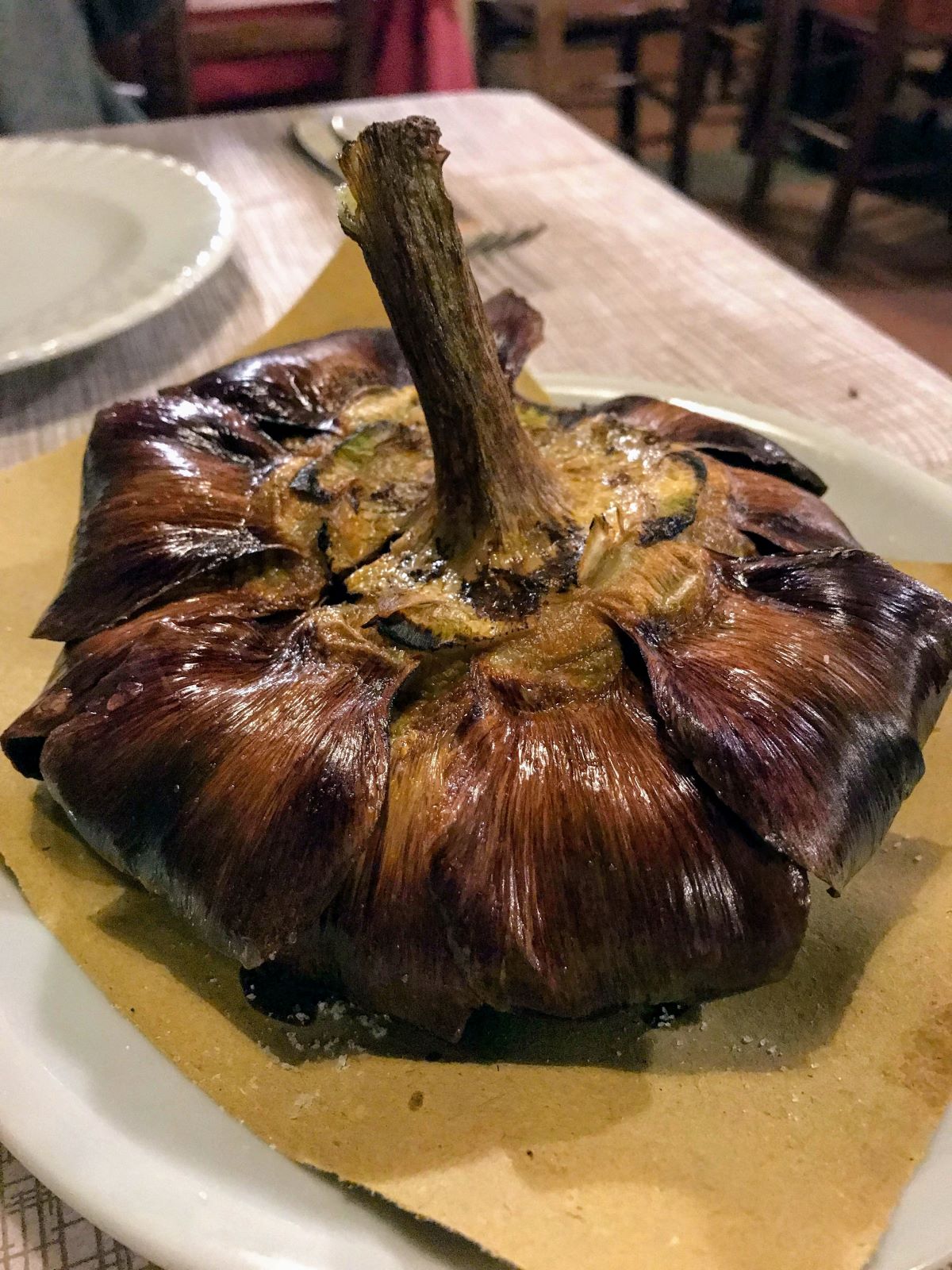
La Matriciana
One of Rome’s oldest restaurants, La Matriciana (Via del Viminale, 44) is located right across from the Bank of Italy and the Roman Opera. Expect men in suits, their ties flopped over a shoulder, here on business lunches.
The dining room is elegant in an old-fashioned way, but despite the decor and clientele, this is one of the least pretentious restaurants you’ll ever go to. After almost 150 years, the goal is good food and a pleasant time.
A look at the menu, which tells you the name of the butcher, the baker, the greengrocer and everyone else who provides the ingredients, bodes well. Everything is good, but as the name might suggest, bucatini all’amatriciana is the thing to get. Order it for two, and you’ll get a silver platting of thick noodles, dressed with San Marzano tomatoes and crispy guanciale, tossed table-side by the waiter and finished with a generous spoon of sharp pecorino.
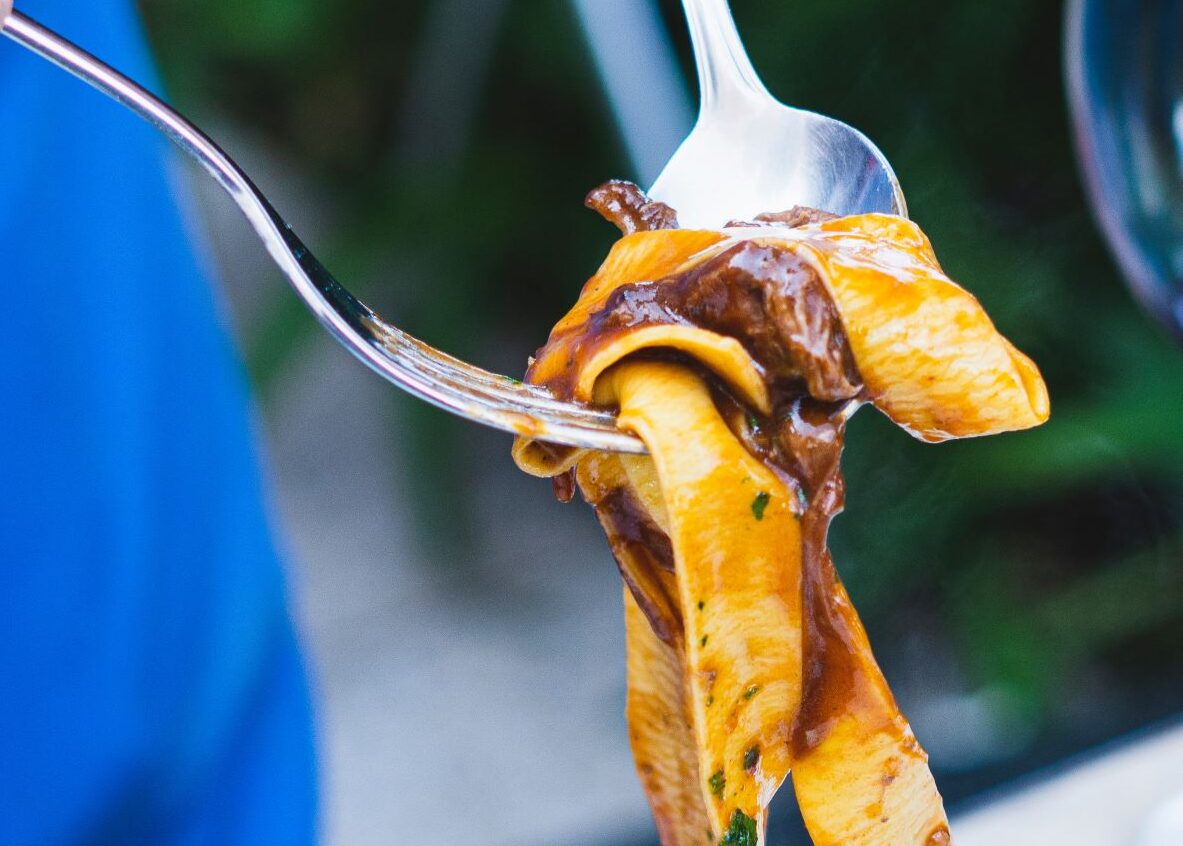
Hua Qiao
Rome is an international city, and the “locals” aren’t just Italians. Thousands of Chinese have immigrated to Rome in the last half-century, where they have slowly made their cuisine a fixture in the city.
So naturally, where the locals eat in Rome doesn’t just mean Italian restaurants.
Understandably, much of the Chinese food in Rome is toned-down fare designed to appeal to a predominantly Italian clientele. Not Hua Qiao (Via Giovanni Giolitti, 189).
Located right next to Termini station, this is the place that many Chinese in Rome come to eat. There’s no shyness in the flavors. Handmade dumplings pop with ginger and scallion. Chewy noodles drip with rice vinegar and stripes of scrambled egg. There are even tender chicken feet and duck tongues, which you see large Chinese families ordering big plates of to share with rice, all washed down with bottles of Italian red wine.
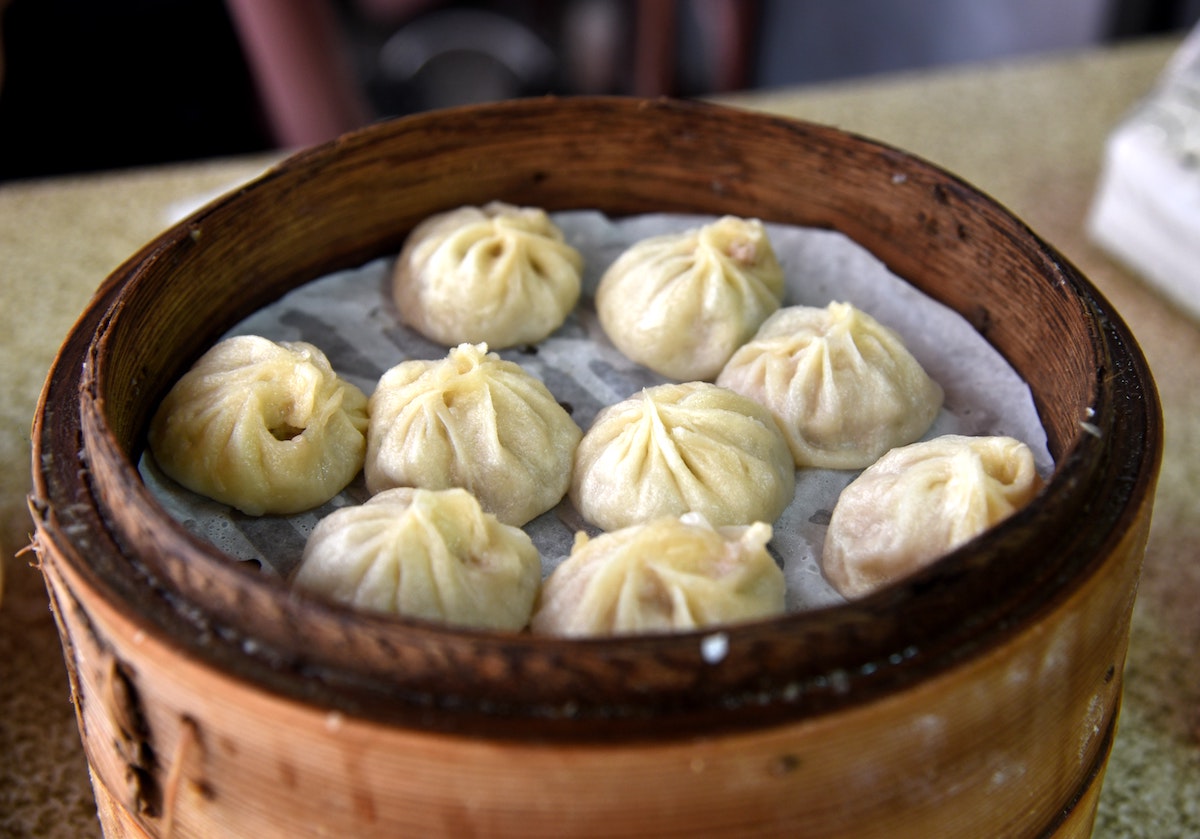
Ask any Roman what their favorite restaurant in the city is, and you’re bound to get a different answer nearly every time. But some places are true classics, like these spots—as well as the ones we visit on our Tastes & Traditions of Rome: Testaccio Neighborhood Food & Market Tour. Join us as we eat like the Romans eat from breakfast through lunch, and you’ll see why each stop along the way has won the hearts (and tastebuds) of generations of locals.
